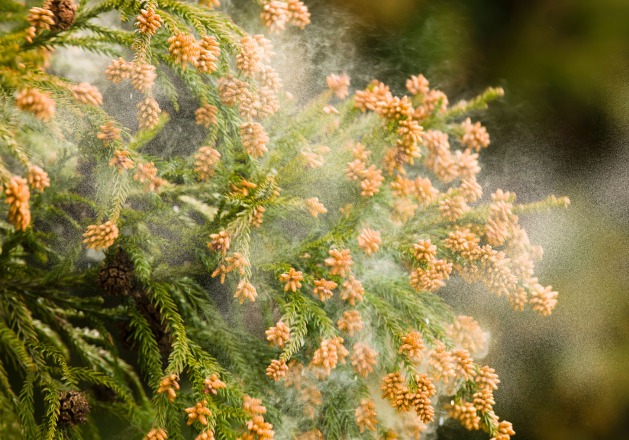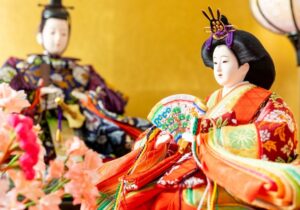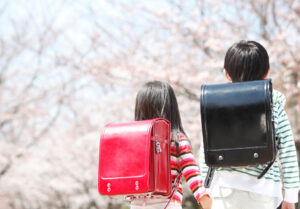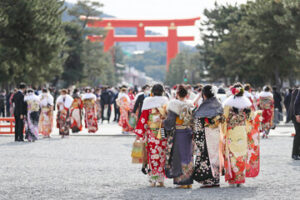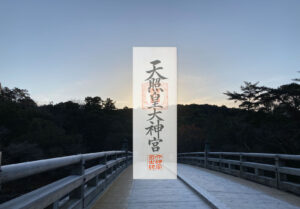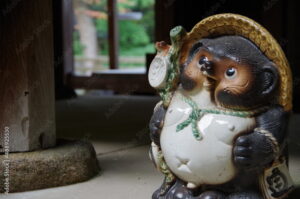Hay fever is said to be one of the national diseases of Japanese people. Hay fever in early spring is caused by pollen from cedar or cypress trees. When the temperature begins to rise, pollen begins to scatter. Cedar or cypress pollen allergies are particularly common among Japanese, so travelers do not need to worry much about them. However, large amounts of yellow pollen are scattered throughout Japan, not only in mountainous areas but also in urban areas. Even if you do not have allergy symptoms, it is better to take a few countermeasures to stay comfortable.
Pollen Forecast for Spring 2023
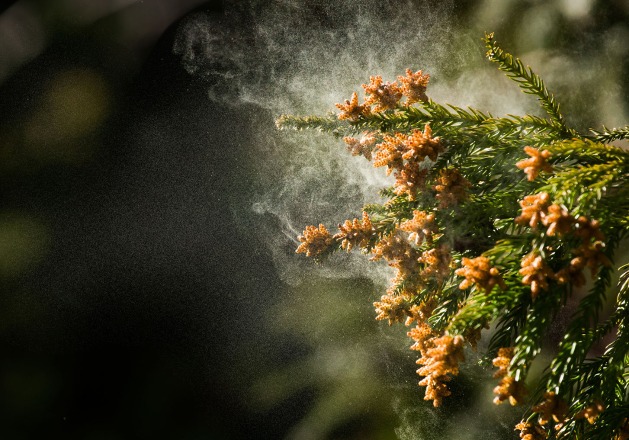
From late February to late April, cedar or cypress pollen will be dispersed throughout Japan except Okinawa and Hokkaido. Although the peak period differs by region, the amount of airborne pollen increases from mid-March to mid-April. According to a survey by the Ministry of the Environment, in spring 2023, the amount of airborne pollen in about half of Japan’s prefectures will be much higher than the average for the past 10 years.
Symptoms of Hay Fever
Symptoms of hay fever are mainly characterized by watery runny nose, repeated sneezing, and nasal congestion. The eyes also feel itchy and uncomfortable, and symptoms worsen in proportion to the amount of pollen in the air.
Countermeasures are recommended even if you don’t have hay fever
Even if you do not have allergic symptoms, it is recommended to take countermeasures. Although I do not have hay fever, I feel discomfort in my throat and eyes when I go out on days when a lot of pollen is flying around.
Even in urban areas, when the wind blows you can see large amounts of yellow pollen in the air. Even if you have no allergic symptoms, you will feel inclined to take pollen control measures.
Recommended Pollen Control Measures
The following are recommended measures to avoid taking pollen into your body or bringing pollen on your clothes indoors
- Wear a mask, glasses, and hat.
- Wear a coat with a smooth surface.
- After going out, brush off pollen from your clothes and hair before entering the room. Bring as little pollen indoors as possible.
- Gargle and wash your hands and your face after returning from an outing
Suspicious Japanese overflowing in spring

People with severe allergic symptoms caused by hay fever take measures against pollen when going out in order to reduce symptoms.
They wear glasses, masks, hats, etc. These anti-hay fever glasses may look a little strange because they are different in appearance from sunglasses or glasses for vision correction.
Half of Japanese people have hay fever?
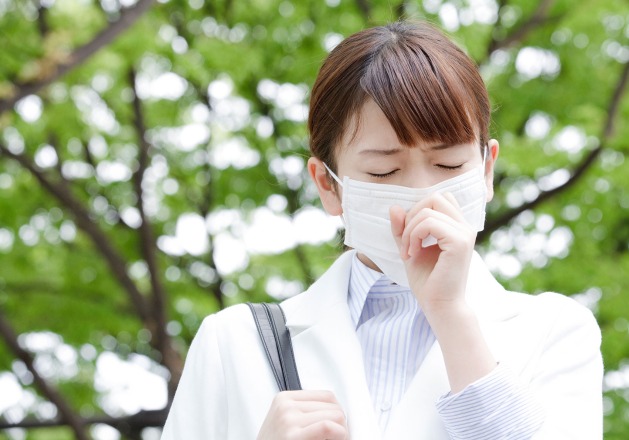
It is said that about half of Japanese people are aware of having hay fever.
Some people are treated and have no symptoms, but there are many who repeatedly bite and sneeze their noses. If you see someone near you wearing a mask and sneezing repeatedly, do not worry, because it is most likely not a cold, corona, or flu, but just hay fever.
Is the dramatic increase in hay fever due to a failure of national policy?
The prevalence of hay fever was about 20% in 1998, about 30% in 2008, and 42.5% in 2019. and has increased by almost 10% every 10 years.
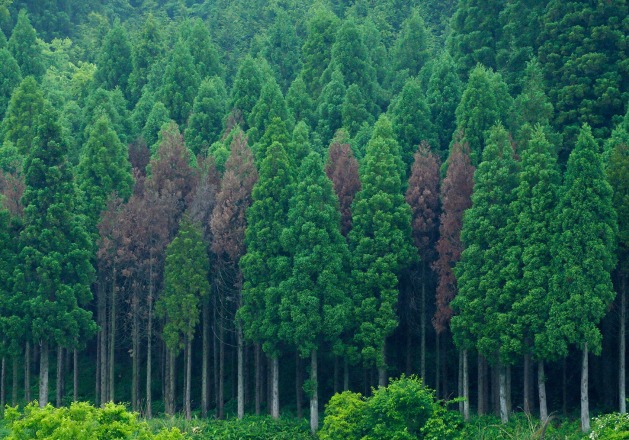
This is because a large number of cedars planted by national policy have been neglected and continue to release large amounts of pollen every year.
During the wars in the first half of the 20th century, many wooden houses in major Japanese cities suffered losses. To rebuild, large amounts of wood were cut down in Japan’s forests. To compensate for the shortage of cedar and cypress timber, national policy was to plant trees throughout the country. Because of the uniformity of afforestation projects, 40% of all Japanese forests were planted with cedar and cypress.
In the latter half of the 20th century, the spread of cheap imported timber led to a decline in the price of domestic timber, which worsened the profitability of the forestry industry. Numerous forest operators stopped caring for their plantations, and the forestry industry declined. In addition to the government’s faulty demand forecasts, strict regulations and standards for the forestry industry have deprived the private sector of business opportunities, and half a century has passed without a new national policy.
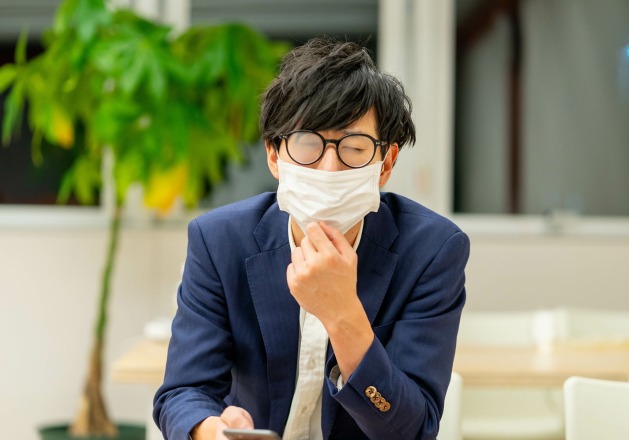
It is estimated that the annual economic loss is 5 trillion yen due to absenteeism and decreased labor productivity caused by allergic symptoms.
Spring in Japan is a time of great excitement with cherry blossoms in full bloom, but it is also an extremely difficult time for hay fever sufferers.

